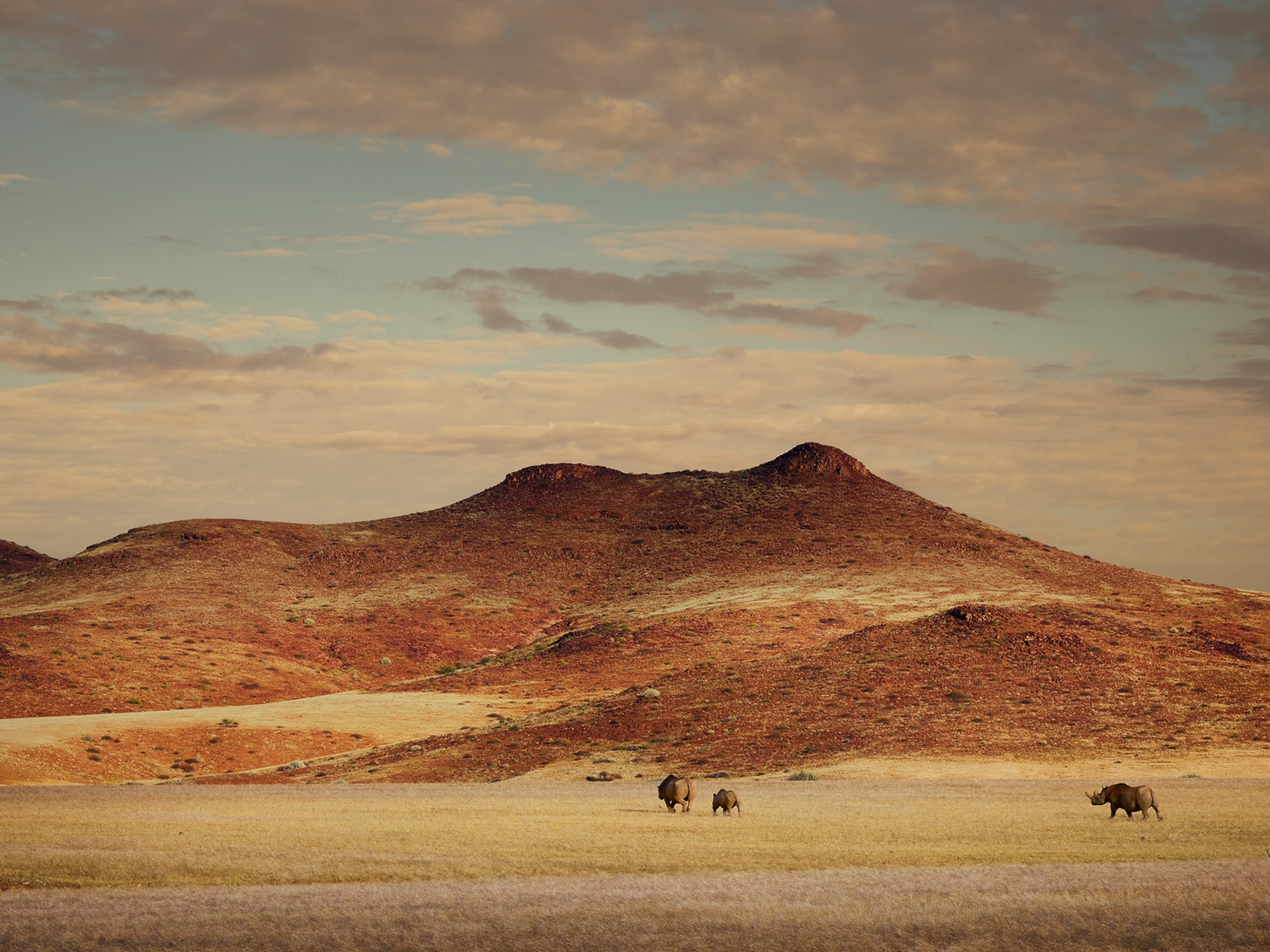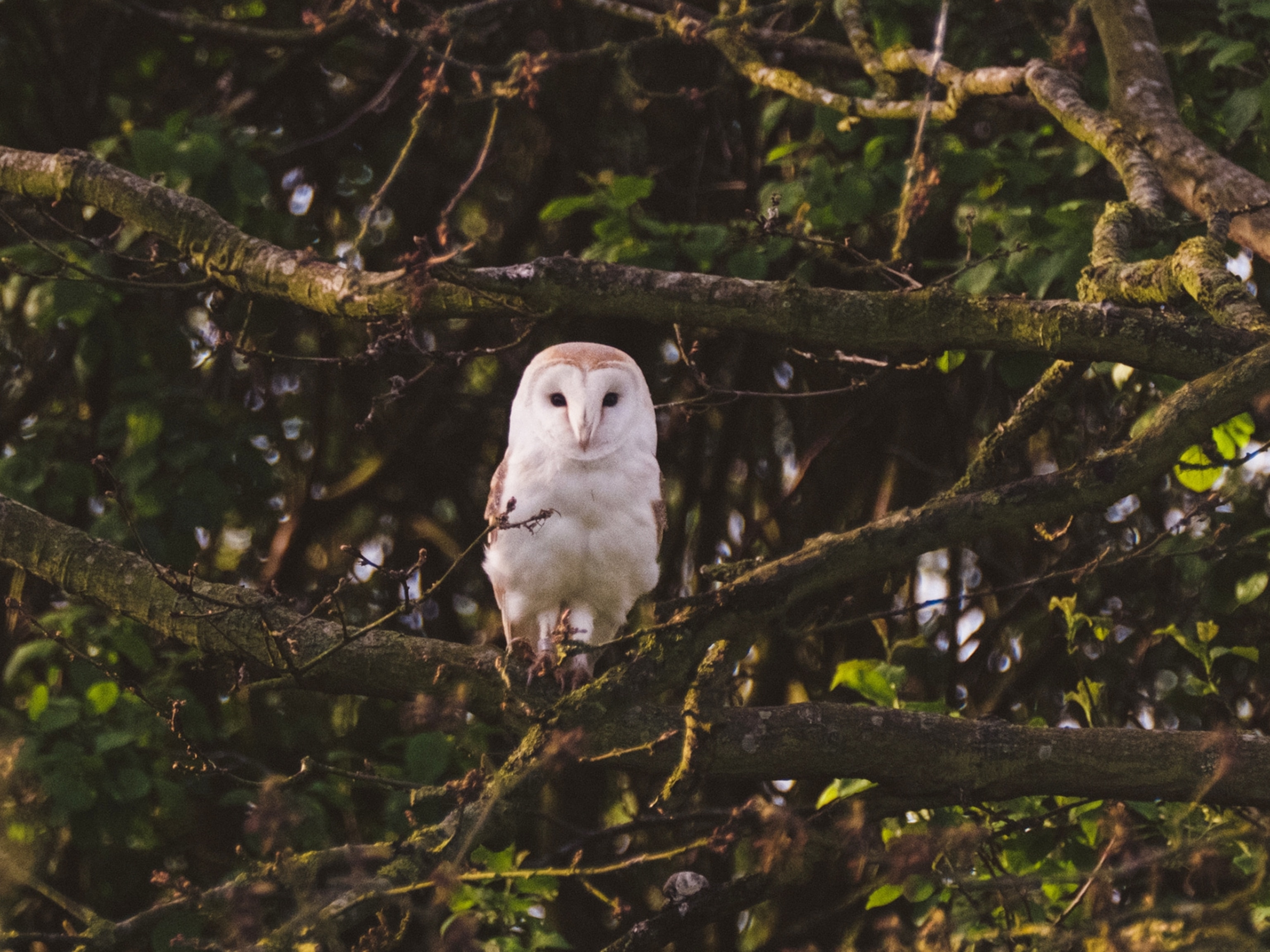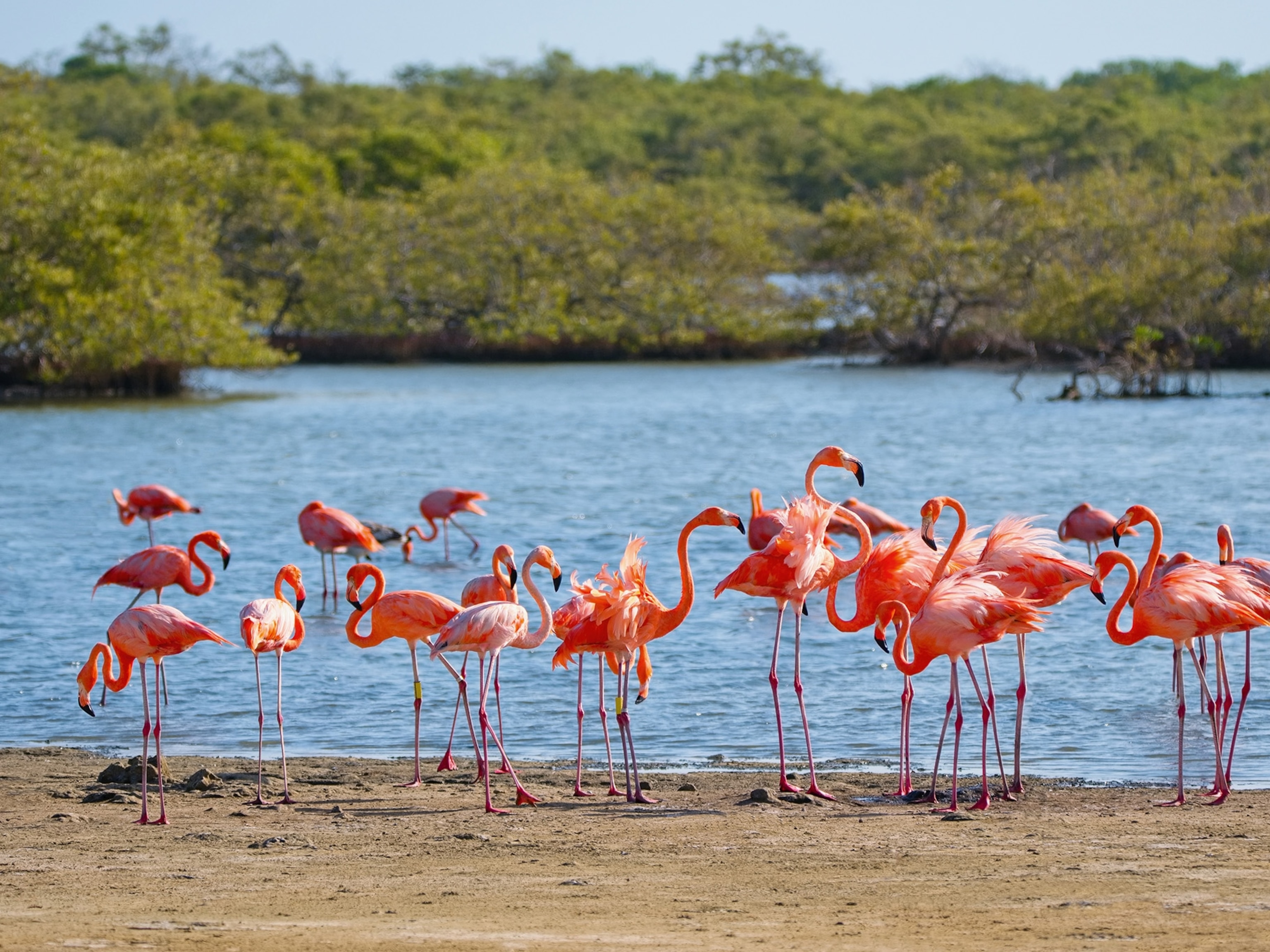
This Desert Is Full of Hidden Life
Life in the Atacama Desert has adapted to thrive in some of the driest conditions on Earth.
Standing in the middle of the Atacama Desert, it’s easy to feel like the only person on Earth.
The region is isolated and one of the driest regions in the world. Drier deserts can only be found at the Earth’s poles. Some parts of the desert’s more than 40,000 square miles occasionally see rain, but the driest reaches of the desert landscape go the entire year without seeing a single drop.
Despite the parched earth or perhaps thanks to it, life in the Atacama has uniquely adapted to thrive in these conditions.
In particular, the town of San Pedro, which sits within half a day’s drive from the border of Bolivia, has become one of the region’s most popular hubs. Those who visit come to see the natural geological wonders that exist in the Atacama.

At lower altitudes, tourists can enjoy a wide variety of natural formations. The desert is home to a number of small, active, but rarely troublesome volcanoes. Craggy canyons are nestled among these formations and easily accessible from San Pedro. Up close, the rocky walls sound alive, like they haven’t quite settled into place. That’s because as temperatures warm throughout the day and the water in the rocks expands, hundreds of little popping sounds can be heard as the rocks slowly contract.
Occasionally, a peregrine falcon nest can be spotted in desert canyons, although actually seeing a falcon is more difficult. Local tour guides note that the birds tend to avoid people.
One bird species that doesn’t seem to mind people are flamingos, and their nesting grounds are near the region’s famous Salar de Atacama, a large salt flat. The flamingos feed on sea monkeys, which give them their bright pink color. They can be found in the small pools of salty water punctuating the salt flat’s 1,200 square miles.
Salt flats are geological formations unique to deserts. While lakes typically form when there are depressions in the terrain, the water quickly evaporates in deserts, leaving behind minerals.
While some salt flats are entirely smooth, the Salar de Atacama has thousands of small, miniature salt formations that look like bumps from a popcorn ceiling turned upside down.
- National Geographic Expeditions
The best time to visit the salt flat is at sunset. During the day, everything is pale and bright, but as the sun sets, the landscape turns from a rosy pink to a vibrant, fiery red.
Once acclimated to the region’s high altitude, tourists can visit a nearby field of geysers called El Tatio. The geothermal field has more than 80 geysers with plumes of steam rolling across the landscape. A number of animals unique to high desert altitudes live in the region—ostrich-like rheas; vicuñas, a relative of llamas; and viscachas, a type of chinchilla; are the most commonly seen.
The Atacama Desert doesn’t go to sleep at night. The region’s high altitude and cloudless skies make it perfect for stargazing. Even NASA has taken note, installing massive telescopes that take high-resolution images of distant planets and hunt for signs of life.
The desert is even helping the space agency better understand what life may be like on Mars. Most of the life in the Atacama are microbes, the only living organisms capable of living in such dry conditions. Scientists believe this may be the case on Mars too, though the red planet is significantly colder.




